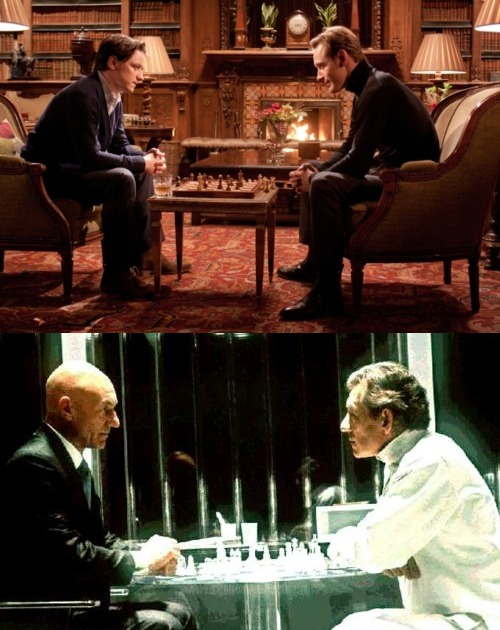As this is the 100th Anniversary of Mikhail Botvinnik, a world-class player indeed, I'll sharing one of his games with C. H. O'D. Alexander (Conel Hugh O'Donel Alexander). I couldn't tell if Botvinnik missed 30 e6 or Nh5 here, but I think that could end the game quick... i might be wrong though. On the other hand Alexander, also overlook 30... Nd4! and that could sustain the c pawn. But then it all leads to the exceptional sacrifice, 34 Qxd4, and that's why I like this game. Alexander also feature this game in one of his Book.
White: Mikhail Botvinnik
Black: C.H. O'D Alexander
Date: 1946
Event: Anglo-Soviet Radio Match
ECO: E40
[Event "Radio URS-ENG"]
[Site ""]
[Date "1946"]
[Round ""]
[White "Mikhail Botvinnik"]
[Black "C.H. O'D Alexander"]
[Result "1-0"]
[WhiteELO ""]
[BlackELO ""]
[ECO "E40"]
1. d4 Nf6 2. c4 e6 3. Nc3 Bb4 4. e3 d5 5. a3 Bxc3+ 6. bxc3 c5 7. cxd5 exd5 8.
Bd3 O-O 9. Ne2 b6 10. a4 Ba6 11. Bxa6 Nxa6 12. Ba3 Re8 13. Qd3 c4 14. Qc2 Qd7
15. O-O Nb8 16. Rae1 Nc6 17. Ng3 Na5 18. f3 Nb3 19. e4 Qxa4 20. Qb2 a5 21. e5
b5 22. Bd6 Re6 23. exf6 Rxd6 24. fxg7 b4 25. Re5 Re8 26. f4 Qd7 27. Qe2 Rde6
28. f5 Rxe5 29. dxe5 bxc3 30. f6 Qa7+ 31. Kh1 Nd4 32. Qe3 Ra8 33. Qxc3 a4 34.
Qxd4 Qxd4 35. Nf5 h5 36. Nxd4 Re8 37. Nf5 d4 38. e6 1-0
Mikhail Moiseyevich Botvinnik was born of Jewish parents on August 17, 1911, in Kuokkala, Grand Duchy of Finland (which at the time was part of the Russian Empire). He was the first world-class player to develop within the Soviet Union (Alekhine was a top player before the Russian Revolution), putting him under political pressure but also giving him considerable influence within Soviet chess. He won the World Championship title three times, while working as an electrical engineer, and in fact earning a PhD in 1951.

















